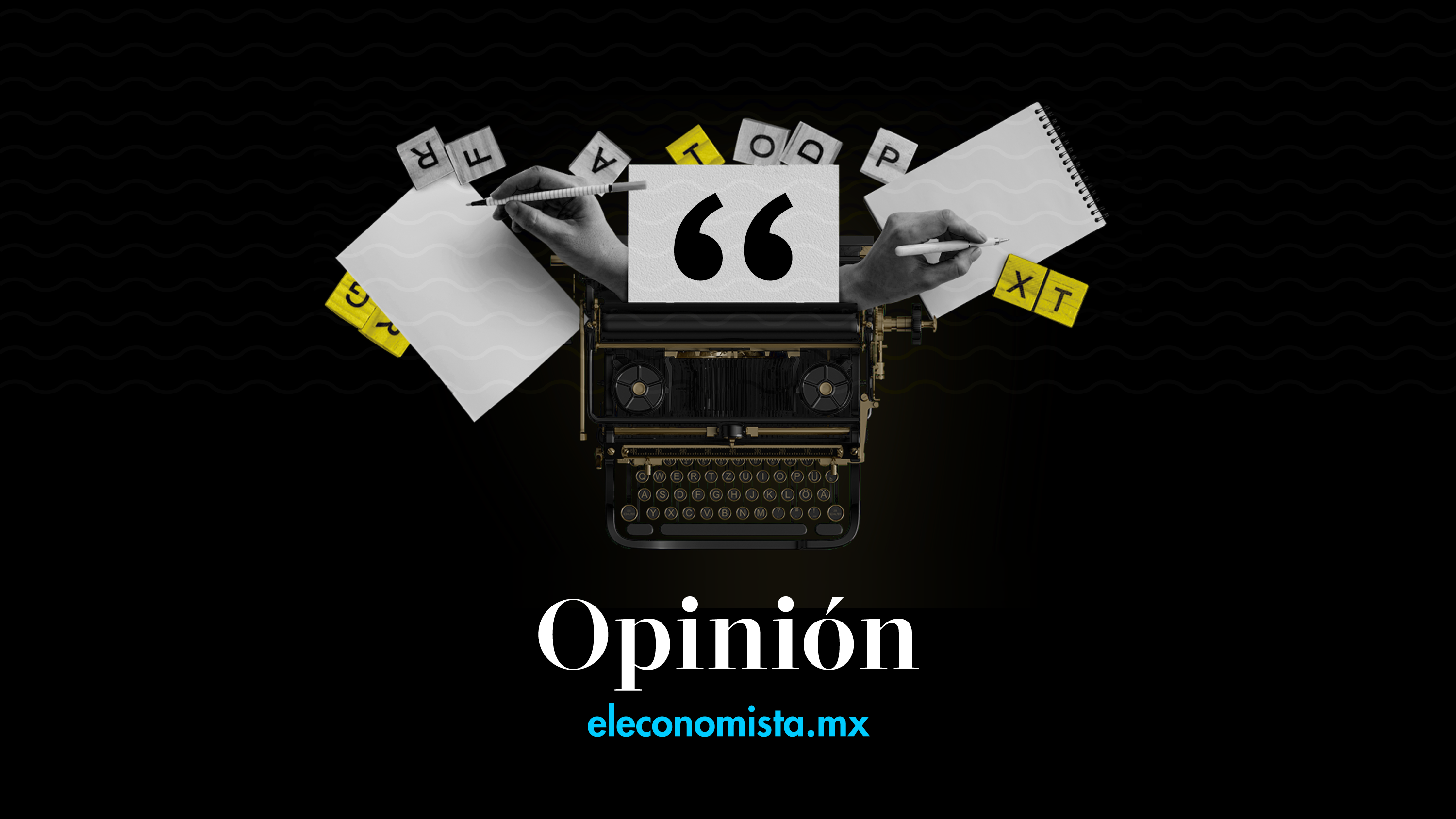Inequality, unemployment and immigration | The Economist

Underdevelopment like a giraffe, difficult to describe but recognizable at first glance. Wherever we roll our eyes, there is. It becomes the sum of historical, cultural, religious, political, economic and social data. permeability to everything.
There are three main problems, among others, that are becoming more acute in Mexican society. It’s inequality, unemployment and immigration. Despite significant changes made by governments, some as well as others, demagoguery and utopias that survived lyricism prevailed.
Social indecision has eroded classical political formations and the unpredictable has emerged. Radical or alternative groups enter the political scene without difficulties. The value of solidarity, a factor of social cohesion, is not defended. It is only supported by the help that is directed to the elderly.
Fear drives conservative boom and uncertainty breeds desire for certainty.
Inequality is a phenomenon associated with the production model. Inequality in Latin America is very high, just as poor. But while poverty worries high levels exacerbated by the pandemic, inequality is ignored where there is much complacency. Zero poverty is acceptable and desirable but zero inequality is not.
Regardless of the indicators that measure inequality and poverty, the important thing to overcome is that there is good health care, that day care centers and schools are efficient, that young people can study at university and develop to their full potential, and that they receive care. for the elderly.
These are the really important things. You have to focus more on policies than on indicators and rates, and that capitalism works for everyone, and that’s not happening. For liberal/democratic thinking, the example to emulate is not the United States, where the richest 1% of families got 60% of the increase in income. The form is Canada or Scandinavia.
With the pandemic spreading and businesses closing, unemployment has risen to dangerous levels due to its destabilizing effects. Although the Mexican economy did not create the jobs needed to absorb the labor force generated by population growth, the problems are now compounding.
In the short term, the lifeblood is the United States, which, when its economy recovers, is asking for more labor from Mexico primarily for its agricultural and service activities. It also claims manufactured Mexican products, in the context of the trade agreement, which explains the significant increase in exports.
In Mexico, the focus of attention is on small and medium-sized companies as they represent 95% of the industrial sector. They need funding, technical advice, venture capital, and join the productivity process on a blanket basis, rather than spread loosely. This group of firms has the highest rates of productive employment.
Mexican immigration increased. This explains the increased sending of dollar remittances from workers who managed to cross the border. There is a fear of deportation but also a conviction that options for working in Mexico are scarce.
Remittances during the first half of this year amounted to $23.618 million, the highest level since 2006. The social impact in the country is the invaluable support for low-income families.
Mexico has also become a gateway for immigration into Central America and the Caribbean. At the end of June, 23,000 Hondurans, 9,330 Haitians and 5,200 Cubans requested asylum from our country. There are also requests from Salvadorans, Venezuelans and Guatemalans.
The explanation is clear: they are the dangerous conditions in which they live in their country. What they want is breakfast, lunch and dinner.
economic
Economy and Society
A writer, he graduated in economics and graduated from the National Autonomous University of Mexico. From 1984 to 1990 he was the ambassador of Mexico to the Kingdom of Denmark, where he was awarded the Dannebrog Order.

“Award-winning zombie scholar. Music practitioner. Food expert. Troublemaker.”







